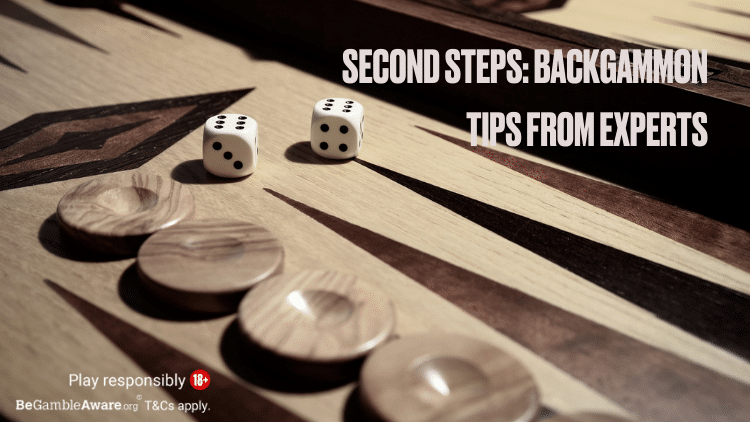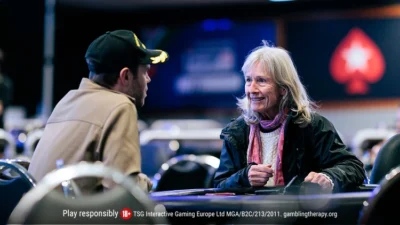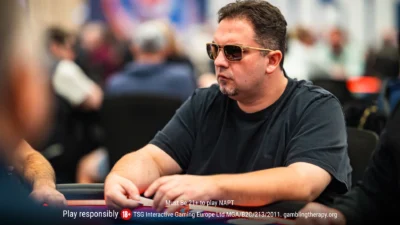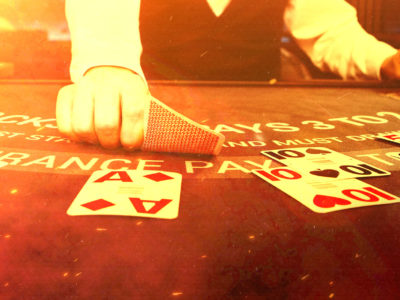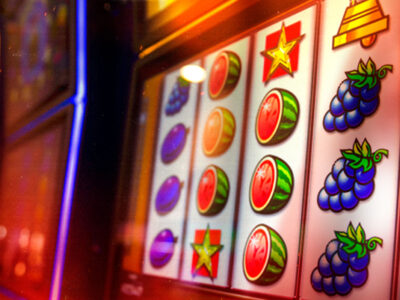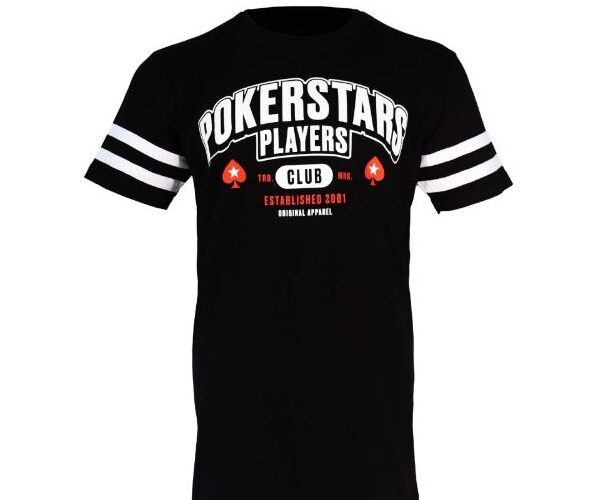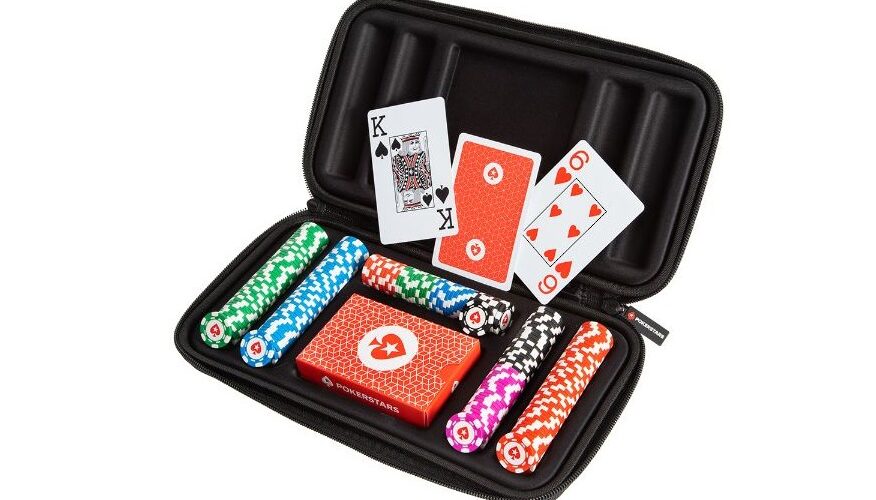It may seem like it all depends on the roll of a dice, but Backgammon strategy is complex and nuanced. It can take a lifetime to master.
Backgammon has elements of both chance and skill. And just like in poker, skilled players can overcome the variance in the long term. In fact, famous poker players such as Gus Hansen, Dan Harrington and Phil Laak have all played Backgammon professionally during their careers.
If you’re already familiar with the rules of Backgammon and are looking to improve your gameplay, this article is the perfect place to start. We’ve spoken to experts in the field, who have provided their finest tips for beginners. This is Backgammon strategy advice you can count on.
So let’s jump right in…
Have a (flexible) gameplan
If you want to get ahead in Backgammon, you should always have a plan.
“You should always have a gameplan, a strategy that you decide is the best way to win the current game,” says Peter Bennet of the UK Backgammon Federation (UKBGF). “But, if necessary, you must be prepared to modify or abandon that plan according to what the dice are telling you.”
Ola Serhan, General Secretary at the World Backgammon Federation (WBGF), points out that there are four main gameplans in Backgammon. They are: racing, holding, priming, and hitting.
You can (and should) switch between these gameplans according to the situation, dice rolls, phase of the game, and in reaction to the other player’s moves.
Let’s break down the main Backgammon strategies:
Racing – When racing, you are aiming to move checkers to your home board faster than opponents. Ideally, you want to be ahead on pip count by a comfortable margin before racing to victory. At the point when both player’s checkers have slipped past each other, Backgammon becomes a race.
Holding – Holding is a strategy in which you anchor your back checkers in your opponent’s home board. This is useful when trailing behind in pip count, or when you get hit early in the game, allowing you to block your opponent’s bear-ins and hit blots as they advance from the back. The higher up your opponent’s home board you can anchor, the more effective this strategy (see golden anchor section below).
Priming – Priming is a Backgammon strategy in which you block points in order to trap opponent’s checkers, usually their back ones. The more consecutive points you hold, the more difficult it becomes for the other player to roll dice high enough to get past. If you manage to build a six point prime, your opponent will be unable to pass. (If this happens to you, the counter-strategy is also to prime. Priming therefore often results in stand-off situations until one player is forced to break).
Hitting and Blitz – Hitting means to attack opponent’s checkers. This is particularly effective when you control your home board so you can keep your opponent held back as you advance. A Blitz is a sustained period of hitting. Once you start a Blitz attack you’ll be taking more risks and potentially leaving your own counters vulnerable, so you should have an effective build to back it up. Occupying your home board 1-6 and then Blitzing is one way to score gammon and backgammon wins.
Before you make your move
It rarely pays to rush in Backgammon.
“Mindless and compulsive moves can only damage your game. Backgammon is about conscious decisions. Conscious decisions implies choosing from options. Assessing options means taking your time”, says Ola Serhan.
You should always weigh up options carefully, even when a move seems obvious.

The most obvious move is not always the best!
Peter Bennet says, “After rolling the dice, and particularly when you think you have seen the ‘obvious’ play, look hard for at least two other possible moves and compare them with the move you first thought of. Sometimes you will realize that the ‘obvious’ move is not so obvious after all, and that a much better play is available.”
Ola Serhan outlines a solid thought process that you can run through before you take each move in Backgammon. “In order: assess your doubling cube action, roll the dice, see what options they give you, decide on your game plan, and then bring on your favorite move!”
(More on the doubling cube right below!)
Doubling – the added dimension
Doubling is a really important part of Backgammon, and brings an added dimension that beginners often overlook. Chess Master and CEO of the Mind Sports Olympiad Etan Ilfeld explains:
“If you’re winning, you could double the game to be worth two points. And your opponent can either accept the double or they can resign and lose one point. So they have to make that calculation and decide if it makes sense for them to accept”, says Ilfeld. “But if things started to swing their way, they could double back at me. Suddenly the game is worth four points.”
“So the doubling down adds so much strategy to Backgammon. And there’s a real art to knowing when and when not to double, and when and when not to accept.”
So when should you double in Backgammon?
It’s wise to double when you’re ahead in pip count, strategic position, or both. But you don’t want to be so far ahead that you will obviously win or your opponent won’t accept. As Ilfeld points out, “You want to be in a situation where they have to think about it. You’re giving them a tough decision.”
There are times when you won’t want to double even when ahead, such as if you have decent potential to win a gammon (worth double points) or backgammon (worth triple points). In this case, you won’t want to give your opponent an easy way out, as they could reject the double and end up forfeiting less points.
Generally, you can use doubling as a tool to apply pressure to the other player and to gain extra points.
Backgammon mental game
Poker players understand that mentality and mindset can be just as important as strategy. The same is true in Backgammon. Here are some quick fire tips for your mental game:
Backgammon involves both skill and chance. Dice rolls can and do change the course of a game, whether it be a chance blot-hit or a race from behind won by a double six roll. This means you’ll have to try to work out whether your wins and losses are due to variance or the way you play.

A roll of the dice can change the course of a Backgammon game… but so can a well timed move!
“Don’t make perhaps the most common mistake, whatever the level of experience, which is to overestimate your own playing strength, or underestimate your opponent’s,” says Peter Bennet. “It’s easy to believe that you only lost a game through bad luck, because the fickleness of the dice masks your own mistakes.”
To work out whether you are making mistakes or just rolling bad dice (akin to being card-dead in poker), it’s crucial to analyze your games.
“Make it a routine to always think through your games as soon as you have finished them, whether it be with your fellow players or by importing your game log into XG. There is no way you can consistently improve your skills without this discipline,” says Ola.
When it comes to playing for money, proceed with caution, but don’t shy away from making it competitive.
“Don’t play for money unless you are sure that you are at least as good as your opponent. But do play for something, even just points, or matchsticks, or who buys dinner!”, says Bennet. If you want to get good you always need to be competitive, so winning or losing should mean something.”
(The “XG” mentioned here is eXtremeGammon, recognized as the most powerful Backgammon program available.)
Join the Backgammon community
To really enhance your experience and improve your Backgammon strategy, get involved with clubs and communities.
“Backgammon is a very social game and you will meet lots of interesting people. Here, when you are playing better players, you will be able to ask questions – most players are happy to help beginners understand the various strategies and why they are chosen,” says Peter Bennet of UKBGF.
This sentiment is shared by Ola Serhan of WBGF.
“If you are a backgammon player, you are part of the international community. So reach out to your local club or other players on social media, as they will support your constant improvement. You may want to hit rankings, learn from professionals, and enjoy the memorable times backgammon offers the world community. We will see you around soon!”
Special thanks to Ola Serhan of the World Backgammon Federation (WBGF), Peter Bennet of the UK Backgammon Federation (UKBGF), and Etan Ilfeld, CEO of the Mind Sports Olympiad.

View Other Blogs




